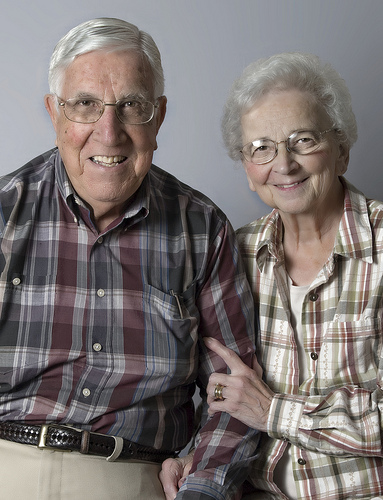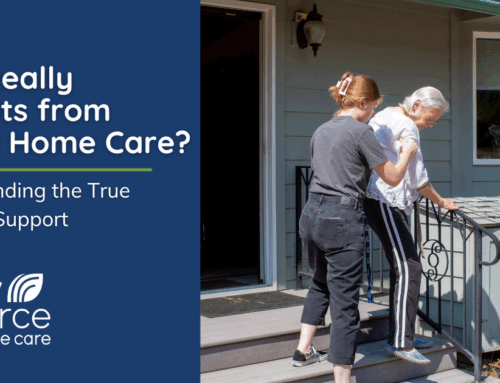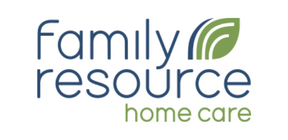I learned a new word recently – Gerascophobia, “the fear of growing old.” Folks who suffer from this phobia “experience anxiety about aging even though they may be in good health. They may worry about the loss of their looks, the loss of independence, inactivity after retirement, impaired mobility, the onset of disease, and confinement in a nursing home.”
Gerascophobia, like any phobia, is a disease which may manifest itself in young adults or even teenagers. As with most phobias, it has roots in real world worries about aging and death.
Roots to Fear of Growing Old
Society’s preoccupation with youth and beauty does not make it easy for people to come to terms with their inevitable aging. In Living and Aging in the Land of Denial, an article published in the March-April 2015 issue of AgingToday, author, W. Andrew Achenbaum, asks, “Why do we spend so much time and money seeking to preserve youth, rather than investing in our future selves? Why does an anti-aging impulse permeate so many of our consumer choices and healthcare decisions?”
It’s ironic that the biggest compliment we can give an aging person is to remark on how youthful they appear.
There have been cultures that revered elders, seeking them out for their wisdom and experience. But today, indeed for hundreds of years now, it is the vigor and vitality of youth that is revered.
The fear of growing old is so strong that, in too many cases, it keeps us from planning for our future, be it saving for retirement, thinking about what type of care we may need down the road and how to pay for it, buying long-term care insurance, preparing advance directives that state end-of-life wishes, and having “the conversation” about those wishes with close family members and/or friends.
Transforming the Fear of Growing Old
One doesn’t need to have a full-blown phobia to fear growing old. Most of us experience some worry about the unknown. People who deal with aging in a healthy way however, use that worry to plan for the future, instead of staying in denial, unable to face the fact that bodies and minds, abilities and control inevitably decline with age.
Despite our youth-centered culture, Auchenbaum, in his article, expresses hope for the Baby Boom generation – and lists promising developments in health care that address, rather than ignore the real care needs of the elderly. He includes the growth of hospice and palliative care; person-centered nursing homes and assisted living communities as examples of positive steps that address the inevitable chronic conditions and death facing those who grow into old age. The growth of professional home care agencies too is another positive indicator.
Not embracing the reality of aging is to miss out on the positive steps one can take to make that reality better and more meaningful. Facing the fear is worth it, and better than the alternative.
photo credit: Baumgartner Grandparents via photopin (license)






